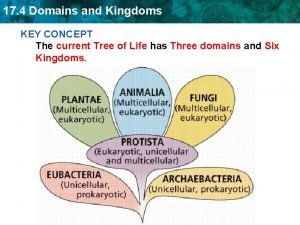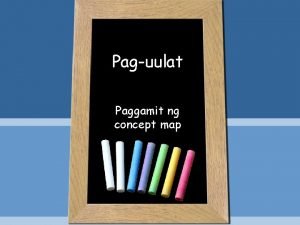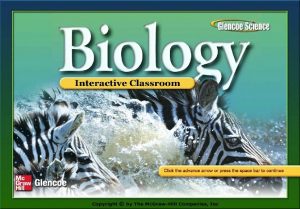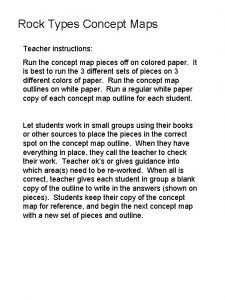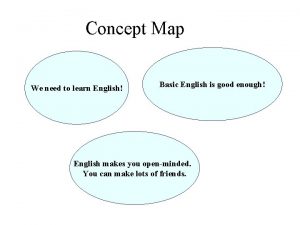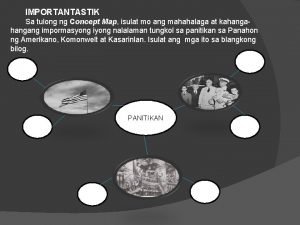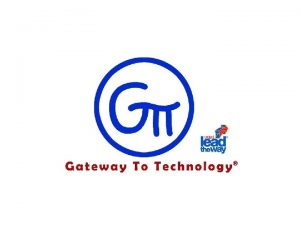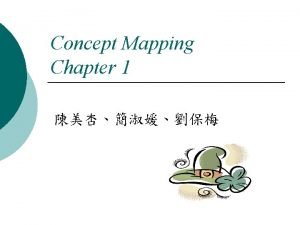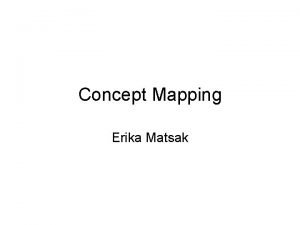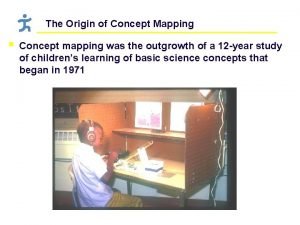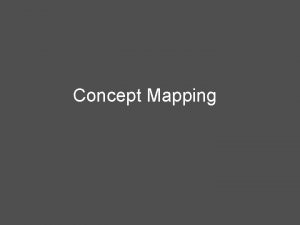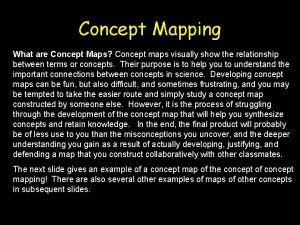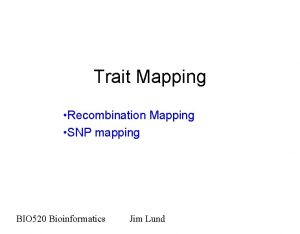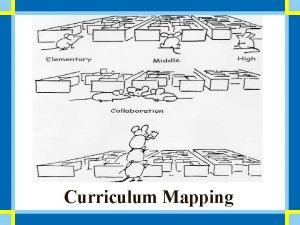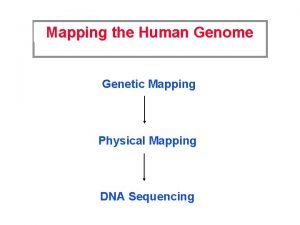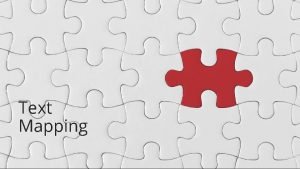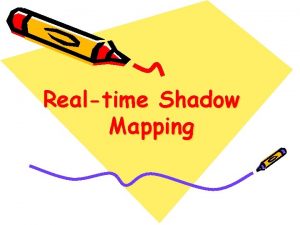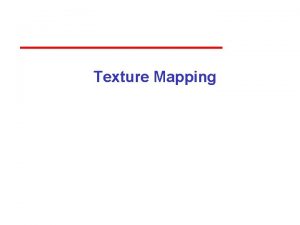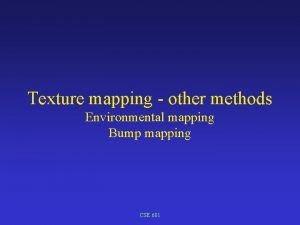Concept Mapping What is Concept Mapping l l
















- Slides: 16

Concept Mapping 概念構圖

What is Concept Mapping ? l l l Concept mapping is a technique for representing knowledge in graphs. This technique was developed by Prof. Joseph D. Novak at Cornell University in the 1960 s. This work was based on theories of David Ausubel, who stressed the importance of prior knowledge in being able to learn about new concepts.

What is Concept Mapping (continued)? l Concept Mapping is the process of identifying important concepts, arranging those concepts spatially, identifying relationships among those concepts, and labeling the nature of the semantic relationships among those concepts.

The Components of Concept Mapping l Knowledge graphs consist of – – l l nodes (points/vertices) links (arcs/edges). Nodes represent concepts or ideas Links represent the relations between concepts

A concept map example Another one In Chinese using Inspiration 7. 5 Source: http: //www. inspiration. com/vlearning/index. cfm? fuseaction=concept_maps

Why Concept Mapping? Resource: http: //www. bath. ac. uk/dacs/cdntl/Concept. Maps/xkaos-cmap/Concept. Map. No. Video. html

Declarative vs. Procedural Knowledge l l l DK represents awareness of some object, event, or idea (knowing that). It is what you remember. PK is the knowledge of how to use DK – how to solve problems, form plans, and make decisions and arguments (knowing how). It is what you know how to do. It is not enough to know that. In order to know how, you must know why.

Structural Knowledge SK represents an intermediate type of knowledge, it connects declarative and procedural knowledge. SK is the knowledge of how the ideas within a domain are integrated and interrelated. It provides the conceptual bases for knowing why.

Concept Mapping and Structural Knowledge Concept mapping is a mindtool that can enhance the interdependence of declarative and procedural knowledge to produce yet another form of knowledge representation known as structural knowledge (Jonassen, 2000).

It can be used to l l l generate ideas (brain storming, etc. ); design a complex structure (long texts, hypermedia, large web sites, etc. ); communicate complex ideas; aid learning by explicitly integrating new and old knowledge; assess understanding or diagnose misunderstanding.

Concept Map and Learning l l l Study Guide – Concept maps organize, enhance and encourage understanding. – They help students learn new information having them integrate each new idea into their existing body of knowledge. Reflection and Integration – Concept maps are ideal for measuring the growth of student learning. – As students create concept maps, they reiterate ideas using their own words. – Misdirected links or wrong connections alert educators to what students do not understand. Planning – Group Project – Organizing ideas

Steps in Making a Concept Map l l l Make a plan and set perspective for analyze a domain. Identify the most general, intermediate, and specific concepts. Begin drawing the concept map: – – l l l Concepts are circled Place the most general concepts at the top Place intermediate concepts below general concepts Put specific concepts on bottom Draw lines between related concepts. Label the lines with "linking words" to indicate how the concepts are related. Revise the map.

Activity 1 Construct a concept map for your project l l l Form a small group (1 - 4 participants) Discuss your group project (Authorware) Identify and select the key concepts in the chosen topic Rank the concepts from the most abstract and inclusive to the most concrete and specific. Link the concepts by propositions to construct a concept map

Semantic Networking Tool l An Example Inspirations – assists you and your students in: l l l l Brainstorming Planning Organizing Outlining Prewriting Diagramming Concept Mapping Webbing

Advantages of Computer Support for Concept Mapping l l l Ease of adaptation and manipulation Dynamic Linking Conversion Communication Storage Also see Visual learning http: //www. inspiration. com/vlearning/index. cfm

Activity 2 Construct a concept map with Computerbased Semantic Networking Tool l Download the trial version of Inspiration Install the software in your computer Construct the concept map constructed in Activity 1 with Inspiration
 The associative mapping is costlier than direct mapping.
The associative mapping is costlier than direct mapping. Forward mapping vs backward mapping
Forward mapping vs backward mapping Prinsip analisis dan desain
Prinsip analisis dan desain Chapter 17 domains and kingdoms concept mapping answers
Chapter 17 domains and kingdoms concept mapping answers Gawain 1 concept definition map
Gawain 1 concept definition map Chapter 34 section 1 the circulatory system
Chapter 34 section 1 the circulatory system Concept map tutorial
Concept map tutorial Chapter 28 section 1 fishes study guide answer key
Chapter 28 section 1 fishes study guide answer key Types of rock concept map
Types of rock concept map Concept map mitosis
Concept map mitosis Meiosis genetic variation
Meiosis genetic variation Chapter 28 fishes and amphibians answer key
Chapter 28 fishes and amphibians answer key Concept map of types of rocks
Concept map of types of rocks Concept mapping chapter 11 genetic disorders
Concept mapping chapter 11 genetic disorders Concept mapping in english grammar
Concept mapping in english grammar Concept mapping chapter 28 fishes and amphibians
Concept mapping chapter 28 fishes and amphibians Sa concept map na ito himayin ang konsepto ng migrasyon
Sa concept map na ito himayin ang konsepto ng migrasyon



